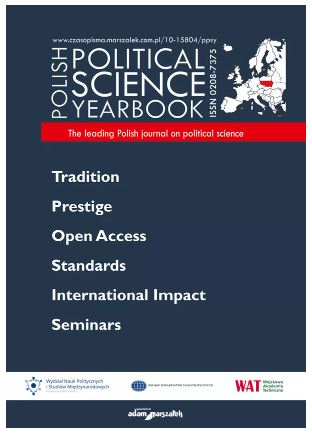Road Safety on the Example of Wireless Services – Case Study
Road Safety on the Example of Wireless Services – Case Study
Author(s): Piotr LizakowskiSubject(s): Politics / Political Sciences, Politics, Social Sciences, Political Sciences
Published by: Wydawnictwo Adam Marszałek
Keywords: wireless access; vehicular environment; IEEE 802.11p standard; modulation type; service quality; link selection
Summary/Abstract: The paper considers organising wireless access in vehicular environments. Such environments are normally affected by Doppler effects, so the IEEE 802.11p standard is expected to ensure an appropriate quality of service for moving objects. Theoretically, the IEEE 802.11p standard compensates for Doppler effects, but it should be ascertained whether 802.11p is still efficient at tiny Doppler shifts and when an object moves at higher speeds. The 802.11p link provides a data rate which is twice as low for 802.11a. Thus, an end-to-end simulation is carried out for the links at wide ranges of signal-to-noise ratio by varying the Doppler shift from 0 Hz to 100 Hz. The simulation also involves 8 modulation types for 128-, 512-, and 1024-bit packet transmissions to cover all possible study cases. The efficiency criterion is the packet-error rate, to which the data rate is additionally considered. The main simulation result is that the 802.11p link is efficient only at not high speeds. The packet length should be shortened to suppress the influence of the object’s speed. Therefore, to enable high-quality wireless access in vehicular environments, a combination of the 802.11p and 802.11a links should be used, where phase shift keying is more effective for 802.11a and quadrature amplitude modulation is more effective for 802.11p. The trade-off herein is a data rate versus margin speed.
Journal: Polish Political Science Yearbook
- Issue Year: 52/2023
- Issue No: 2
- Page Range: 185-210
- Page Count: 26
- Language: English

